How Far and How Fast Has U.S. Passenger Car Market Share Fallen? So Far, and so Fast
37 percent of the new vehicles sold in the United States in the first seven months of 2017 were passenger cars. That’s correct. 63 percent of the new vehicles now sold in America are pickup trucks, SUVs, crossovers, and vans.
But how did we get to this 37-percent basement? When did we get here? How long did it take to get here? And is it really the basement?
Answers: we got here with the rise of crossovers, we began the approach to our current destination in 2013 (though the rate at which we approached has rapidly increased), and we might not be at the end of our journey quite yet.
“This was the harshest move in consumer preference the industry has ever seen,” Toyota executive vice president for North American sales, Bob Carter, tells Wards Auto.
To critics who suggest Toyota, and the industry at large, didn’t see the move coming, Carter points right at the auto industry’s own trend-spotting. “Did the industry see it coming? Yes, or you wouldn’t have what you have today.”
New vehicles in new sectors, such as Toyota’s C-HR and the RAV4 Hybrid, don’t simply fall from the sky. The new vehicles Toyota is selling this year are the fruit of a product cycle that began half a decade ago.
Whatever the cause of the shift — and there are fuel economy regulations and fuel prices and AWD marketing all at play, among other factors — the shift has been noteworthy both for the degree to which traditional passenger cars have lost their hold on the market and because of the speed with which they lost that hold.
Now the mission is to determine whether the shift is complete, whether a 37/63 split represents the basement for passenger cars. Carter has said in the past that the current state of passenger car market share is likely to hold steady.
The investment in Toyota’s Kentucky Camry plant — there are now more workers at the Georgetown plant than ever before — speaks to Toyota’s belief that the car sector has reached bottom.
A five-year trend suggests otherwise.
[Image: Toyota]
Timothy Cain is a contributing analyst at The Truth About Cars and Autofocus.ca and the founder and former editor of GoodCarBadCar.net. Follow on Twitter @timcaincars.
More by Timothy Cain
Latest Car Reviews
Read moreLatest Product Reviews
Read moreRecent Comments
- Flashindapan I always thought these look nice. I was working at a Land Rover dealership at the time the LR3 came out and we were all impressed how much better it was then the Discovery in just about every measurable way.
- Bd2 If I were going to spend $ on a ticking time bomb, it wouldn't be for an LR4 (the least interesting of Land Rovers).
- Spectator Wild to me the US sent like $100B overseas for other peoples wars while we clammer over .1% of that money being used to promote EVs in our country.
- Spectator got a pic of that 27 inch screen? That sounds massive!
- MaintenanceCosts "And with ANY car, always budget for maintenance."The question is whether you have to budget a thousand bucks (or euro) a year, or a quarter of your income.




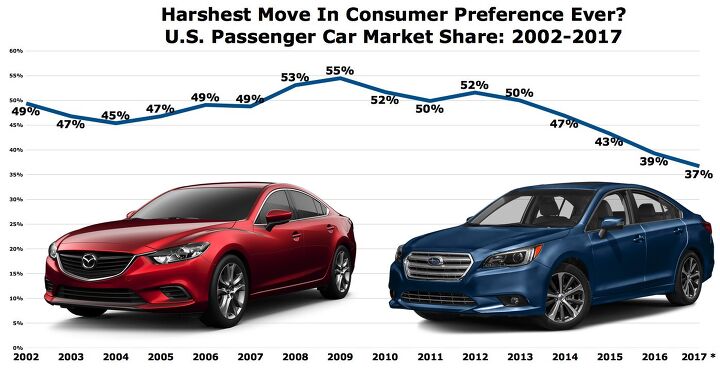












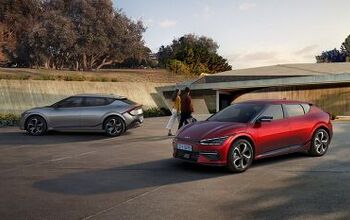
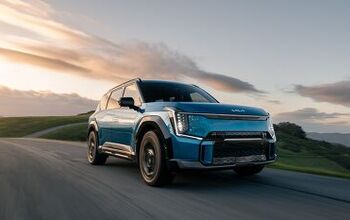
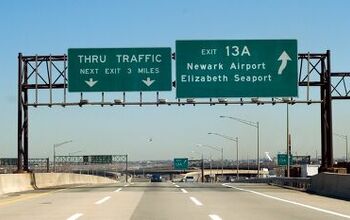
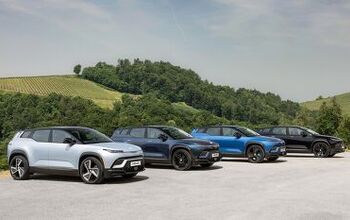
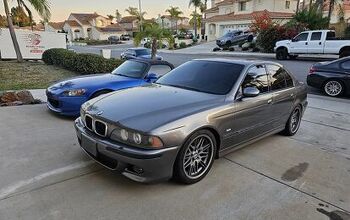
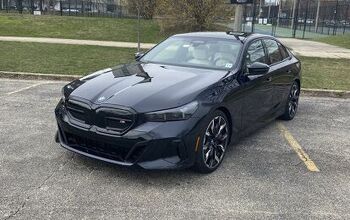
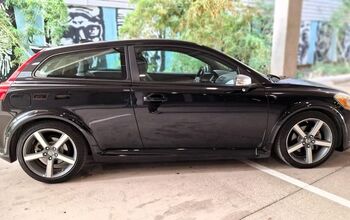
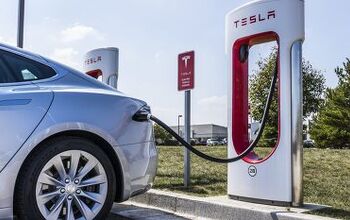
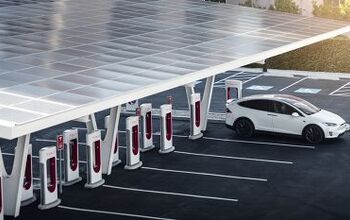

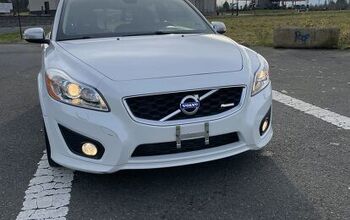

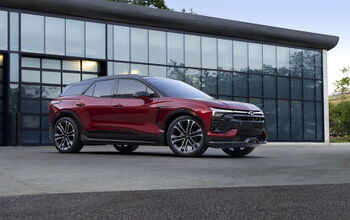
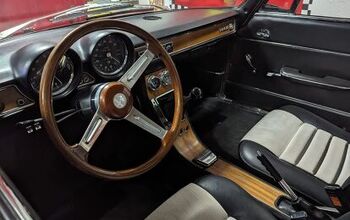

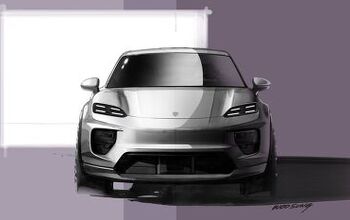
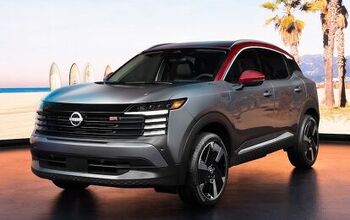

Comments
Join the conversation
I envy Toyota, Nissan, and Honda. Even in this age of the SUV, they still thousands of sedans and compacts each year. In fact the Camry and Accord easily outsell most GM trucks and SUVs.
Woo hoo! The station wagon and hatchback have triumphed in the end! Sure, we have to give today's wagons a little excess ground clearance and call them a Crossover, but these are just tall, practical station wagons. Hatchbacks are dead, unless you put a hybrid power-train in them and then you have The Prius! The two most rational configurations for flexibility, usability, drive-ability and efficiency have won!!!! Meanwhile, stupid configurations like two door coupes and big on the outside, small on the inside sedans are getting run out of town. Time to party!%$$%^*)&)&(*)(*&_!